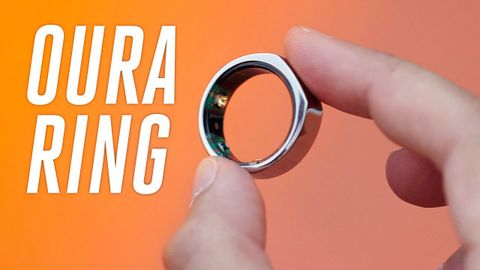這個戒指是用來檢測COVID -19的。它不能。 (This ring is being used to detect COVID-19. It can't.)
 沒有此條件下的單字
沒有此條件下的單字US /ˈfɪzɪkəl/
・
UK /ˈfɪzɪkl/
- n. (c.)身體檢查
- adj.身體的;肉體的;物質的;物理的
- n.體育
US /ɪmˈpruv/
・
UK /ɪm'pru:v/
US /ˈpɑzɪtɪv/
・
UK /ˈpɒzətɪv/
- adj.積極的;建設性的;確定的;正極的;積極的;有利的;陽性的;樂觀的;正數的;正像的
- n.正片
